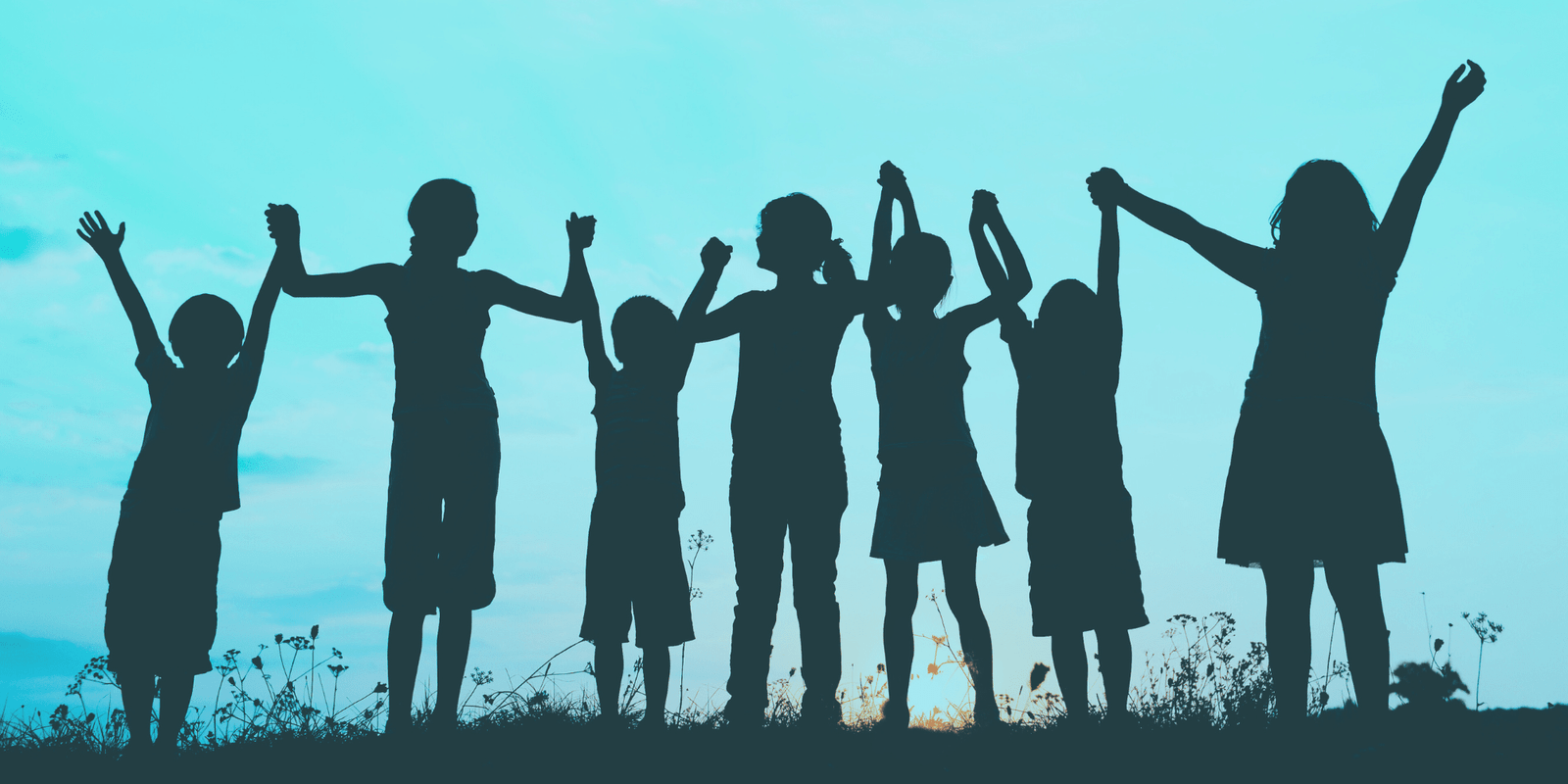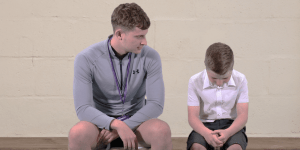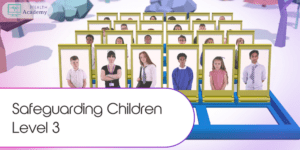Throughout this series, we’re exploring the real-world challenges and best practices for anyone working with children — in schools, healthcare, social care, or community settings. These blogs form part of our Safeguarding and Child Health training focus, aimed at helping professionals respond with confidence.
Why Safeguarding Training Matters
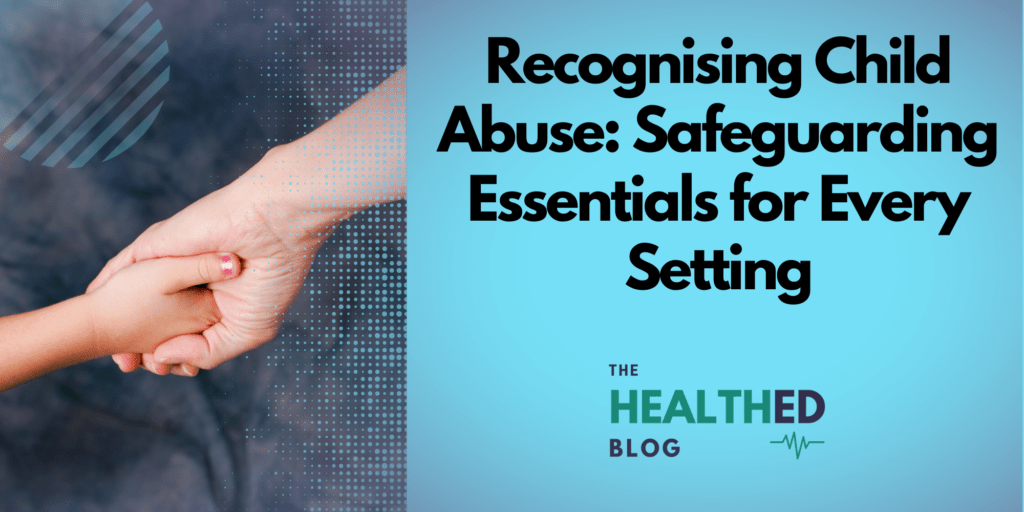
Every professional working with children has a responsibility to protect them from harm. Whether you’re a teacher, teaching assistant, school administrator, volunteer, or support worker, you need the knowledge and confidence to recognise abuse and take the right action.
Training ensures that signs aren’t missed and children receive the support they need early. The Department for Education’s Keeping Children Safe in Education (KCSIE) statutory guidance places clear duties on staff to report and escalate concerns appropriately.
Understanding the Types of Abuse and Neglect
Abuse can take many forms. Your safeguarding training should help you understand the signs and behaviours that might indicate:
- Physical abuse: Unexplained bruises, burns, or injuries
- Emotional abuse: Withdrawn behaviour, low self-esteem, or excessive fear of making mistakes
- Sexual abuse: Age-inappropriate sexual behaviour or knowledge, sudden changes in mood
- Neglect: Poor hygiene, malnourishment, frequent absences, or unsuitable clothing
These signs aren’t always obvious. In many cases, it’s a combination of subtle indicators that should raise concern. That’s why safeguarding is everyone’s responsibility.
When to Act: Scenarios and Practical Guidance

Imagine this scenario:
A Year 5 pupil often arrives late, looking tired and unkempt. They’ve mentioned skipping meals and have recently withdrawn from their usual activities. Would your team know how to escalate this?
Child protection training should empower staff to:
- Know what to do when a pupil discloses abuse
- Understand how to record concerns factually and clearly
- Follow their setting’s safeguarding and escalation procedures
- Avoid common pitfalls like investigating independently or failing to act on instinct
Early recognition saves lives. In the tragic case of Daniel Pelka, several warning signs were missed or not shared between professionals, leading to his death in 2012. A Serious Case Review (SCR) found that a lack of joined-up safeguarding procedures contributed to his continued abuse. Serious Case Review report into the death of Daniel Pelka (Coventry LSCB, Sept 17, 2013) — from Coventry’s official SCR report.
What Safeguarding and Child Health Training Should Cover

Your safeguarding course should help you:
- Recognise types of abuse and how they may present
- Respond appropriately to disclosures
- Follow reporting procedures and escalation routes
- Maintain accurate records
- Comply with the Children Act 1989, Children Act 2004, and KCSIE
For child-facing staff, especially in education or care settings, Level 1 and Level 2 Safeguarding Children training are typically appropriate. These courses build foundational knowledge and practical response skills.
Who Needs Safeguarding and Child Health Training?
Safeguarding training isn’t just for teachers. It’s vital for:
- Classroom support staff
- Volunteers and visitors
- School receptionists and admin teams
- Wraparound care providers
- Youth workers
- Sports coaches
- Medical and pastoral staff
Anyone in contact with children should understand their duty to safeguard and the correct pathways for raising concerns.
Child Protection: Build a Safer Culture in Your School or Setting
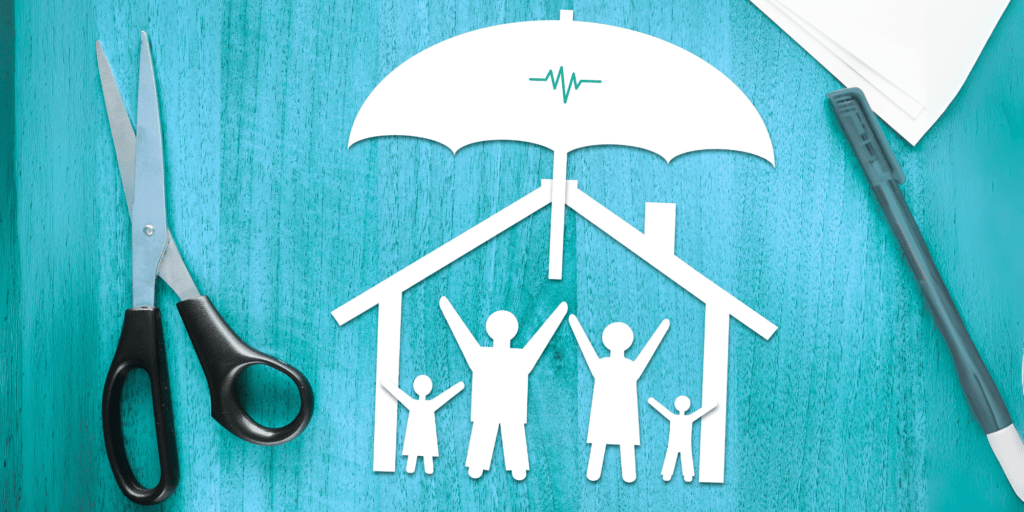
Safeguarding is not a one-time task. It’s part of an ongoing commitment to protecting children and young people. High-quality training promotes a culture where staff:
- Feel confident in reporting concerns
- Understand their safeguarding responsibilities
- Work together across teams and agencies
The more people are informed and engaged, the safer children will be.
At Health Academy, we offer trusted Safeguarding and Child Health e-learning courses for professionals working with children:
Our courses are aligned with national guidance, regularly updated, and designed to boost practical confidence.
Final Thoughts: Protecting Children Starts with You
Understanding the signs of abuse and neglect is critical. Don’t wait for someone else to act. Whether you’re a school receptionist, PE teacher, or youth club volunteer, you can play a vital role in a child’s safety.
Make safeguarding part of your setting’s everyday culture—and ensure your training is up to date.
Explore the Safeguarding and Child Health training behind the guidance
Whether you’re a teacher, support worker, volunteer, or school administrator, our Safeguarding Children Level 1, 2 and 3 courses equip you with the knowledge and confidence to respond when it matters most.
🔗 View all social care and safeguarding training
This blog is part of our “Safeguarding and Child Health: Essentials for Every Setting” series.
If you missed the first post — “Would Your Staff Know What to Do? Why Safeguarding Training Can’t Wait” — you can read it by clicking on the image below.


